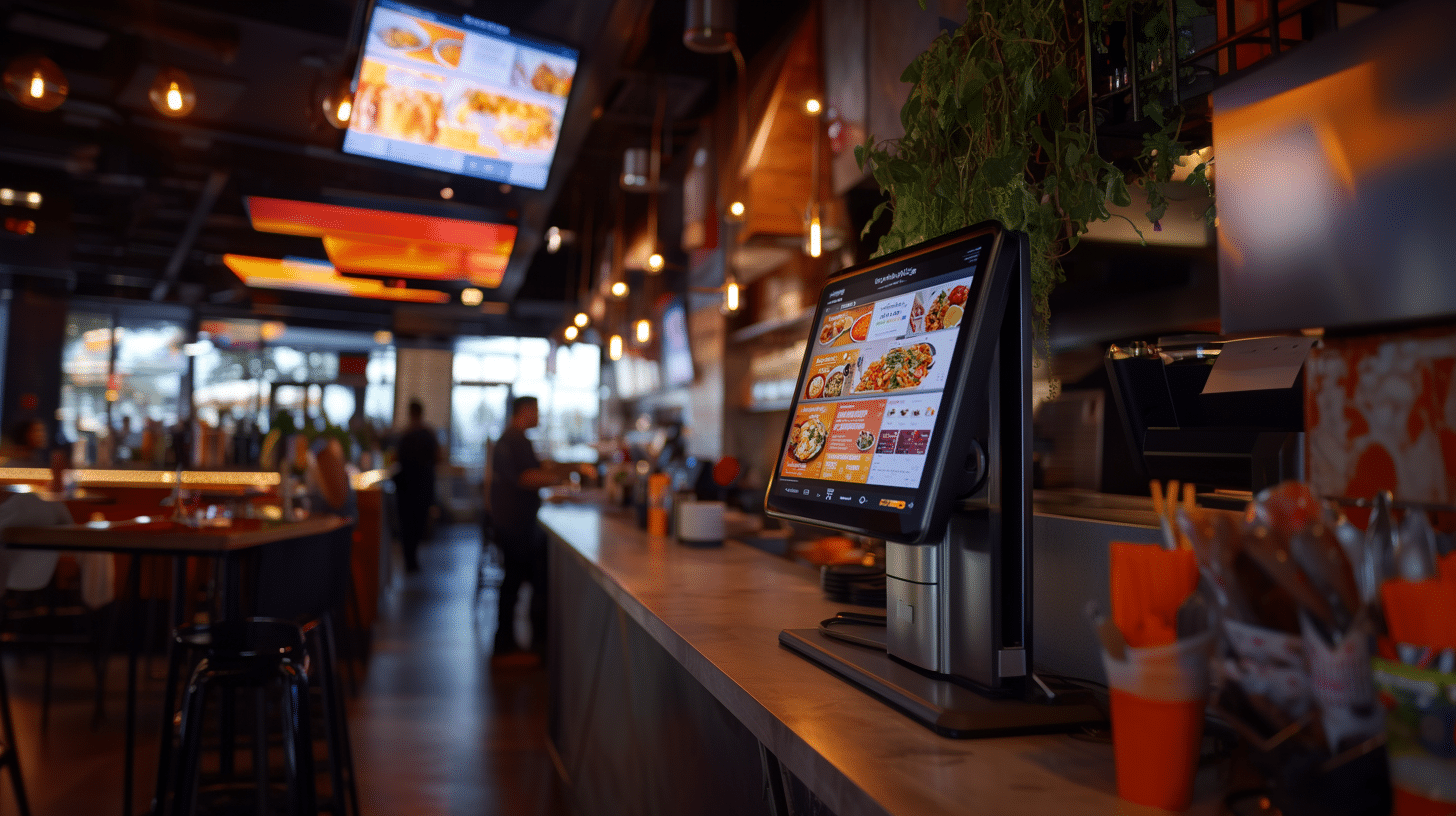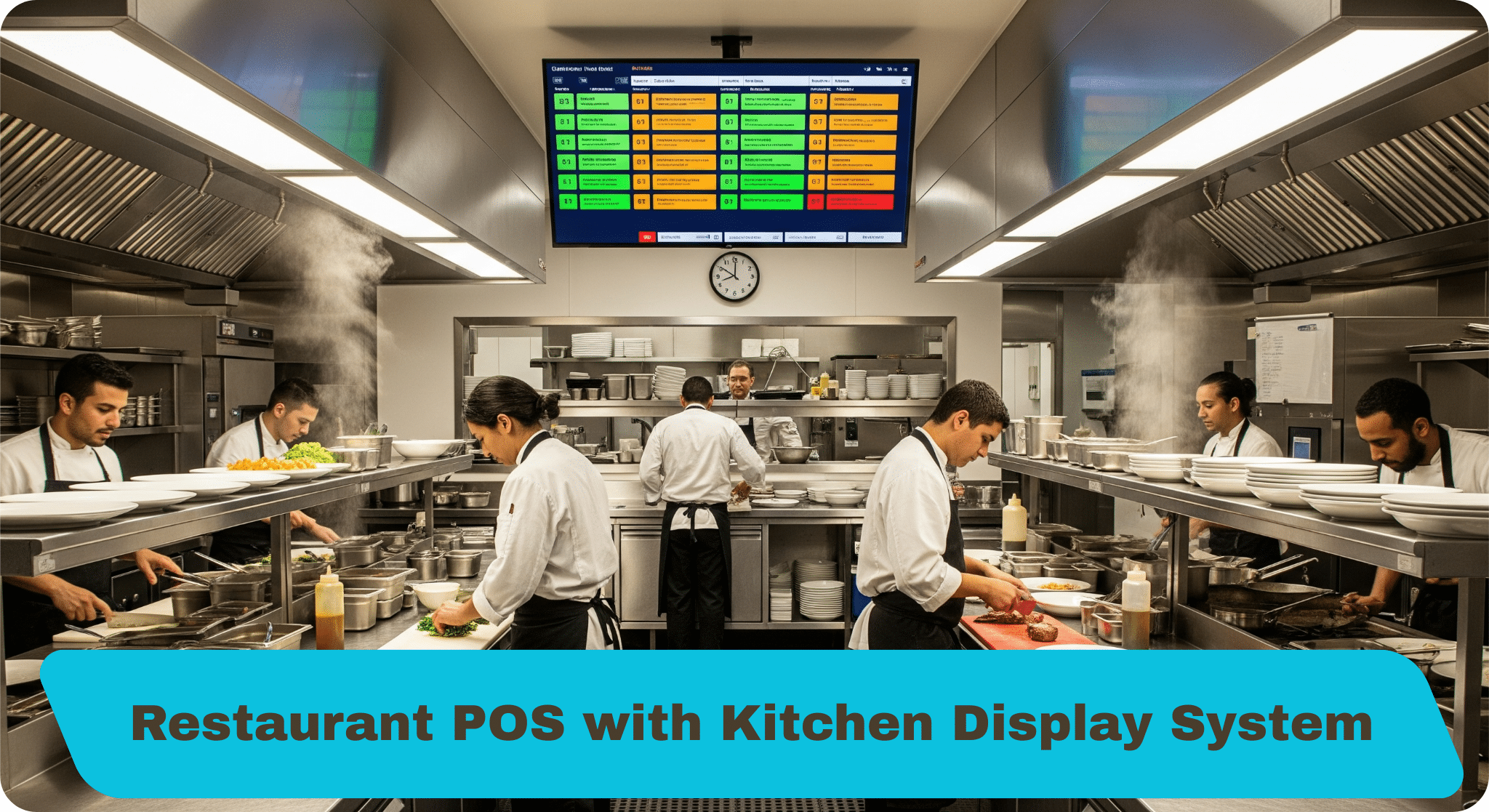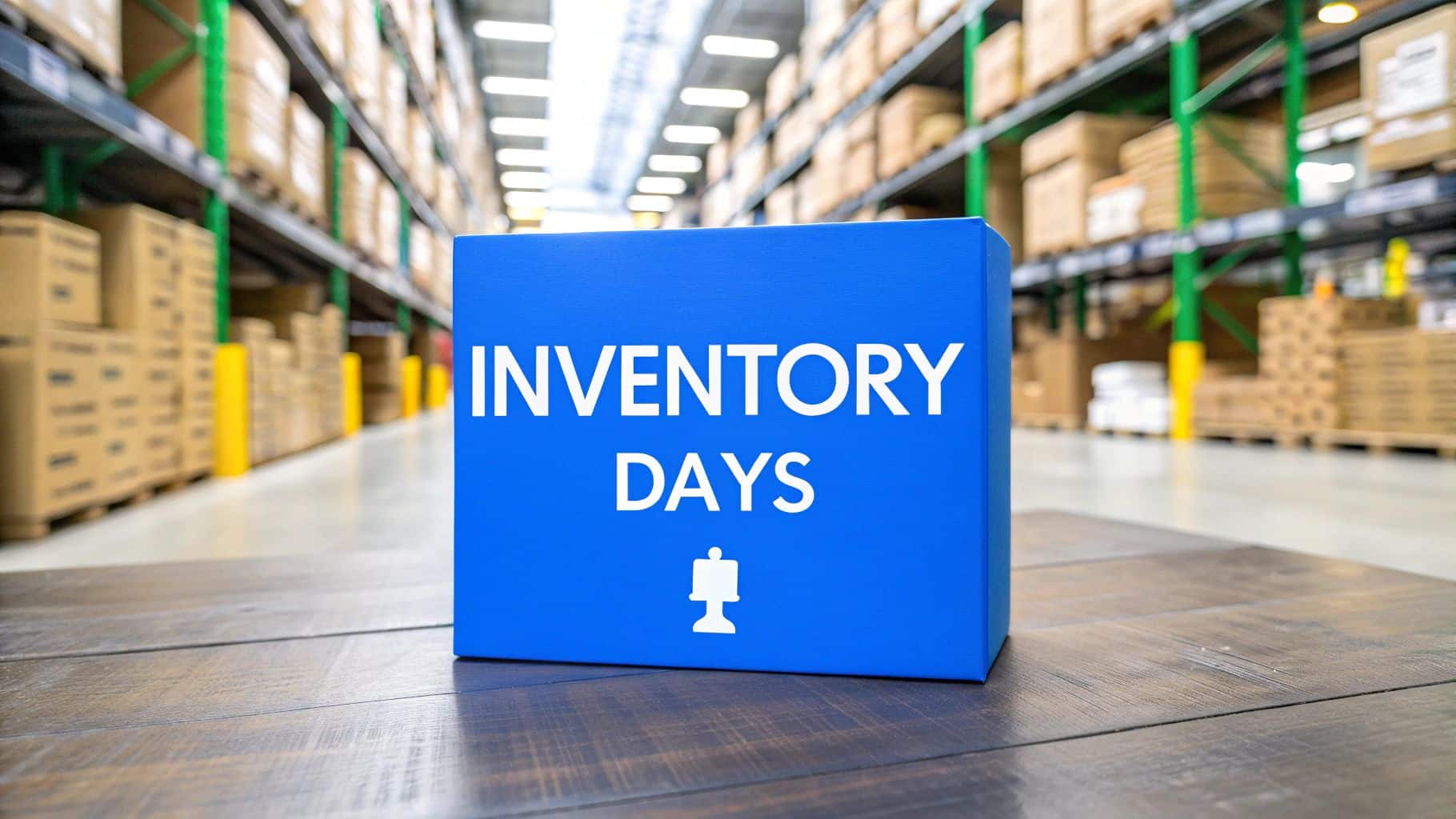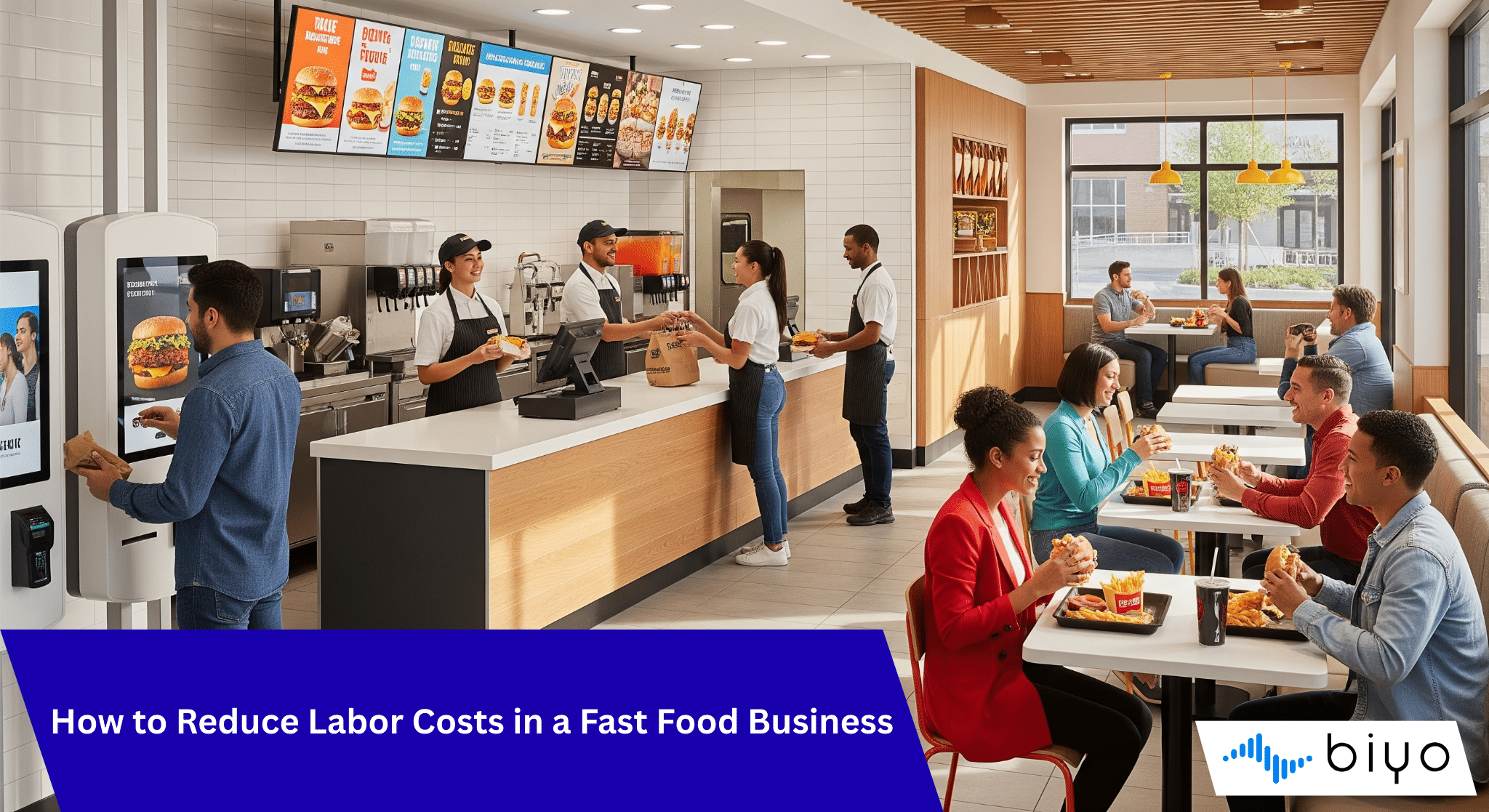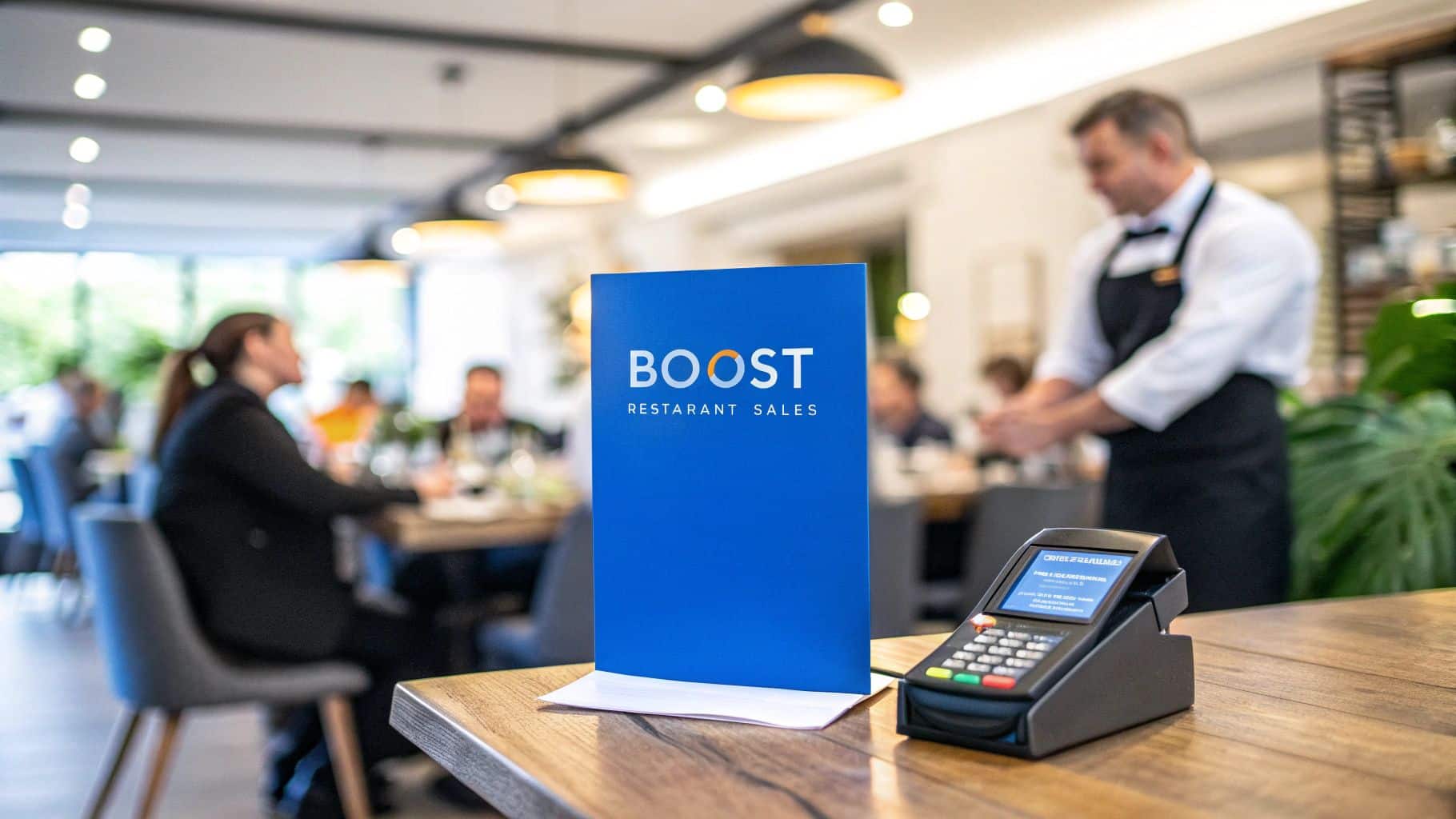Delivering a true Custom ordering experience can transform how guests interact with your menu. When you embrace flexible meal configurations and real-time order customization, you cater directly to individual tastes and dietary needs, creating a memorable dining journey.
- Enhancing Engagement with Personalized Menu Options
- Building Brand Loyalty with Tailored Dining Experiences
- Technology for On-Demand Ingredient Swaps
- Ensuring Accessibility with Allergy-Friendly Ordering
- Maximizing Revenue through Customizable Combo Meals
Enhancing Engagement with Personalized Menu Options
Adopting a Custom ordering experience starts with personalized menu options that reflect each diner’s unique preferences. By integrating user preference profiles and dynamic menu interfaces, businesses can boost customer satisfaction and repeat visits.
Leveraging User Preference Profiles
Introducing a Custom ordering experience via user preference profiles lets customers save favorite orders and ingredients. This approach reduces ordering time, as guests can quickly select past configurations without repeating choices. By learning patterns over time, businesses can recommend new dishes aligned to each profile.
Data-driven insights from preference profiles also inform menu updates. Operators can highlight trending ingredients or popular build-your-own meals. Consequently, menus stay fresh and relevant, driving higher order values.
Furthermore, preference profiles create a seamless customer journey. People feel understood when their favorite items appear first. As a result, satisfaction climbs and loyalty deepens.
Implementing Dietary Filter Options
Implementing dietary filter options enriches the Custom ordering experience by allowing guests to narrow choices based on allergies or diets. Filters for gluten-free, vegan, or keto ingredients ensure that every order aligns with health needs. Customers enjoy peace of mind knowing the system guides them safely.
As guests toggle options, the menu dynamically updates in real time. Therefore, unavailable items fade out, while compatible dishes rise to the top. This interactive flow reduces confusion and enhances trust.
Over time, dietary filters also generate data on emerging dietary trends. Teams can adjust offerings to cater to rising demands for plant-based or low-carb selections.
Crafting Bespoke Meal Planning
Crafting bespoke meal planning takes the Custom ordering experience further by guiding guests through multi-step configurations. Instead of flat menus, users follow a logical flow—selecting base, proteins, toppings, and sauces. Interactive ordering kiosks can visualize each selection, ensuring clarity.
Guests appreciate seeing their dish come together on-screen. This hands-on approach minimizes errors and sparks creativity as diners experiment with unique flavor combos. It also invites upsells, such as premium add-ons or extra sides.
Moreover, bespoke planning tools can suggest chef’s choice customization based on past orders. This blend of automation and personalization keeps guests engaged and curious.
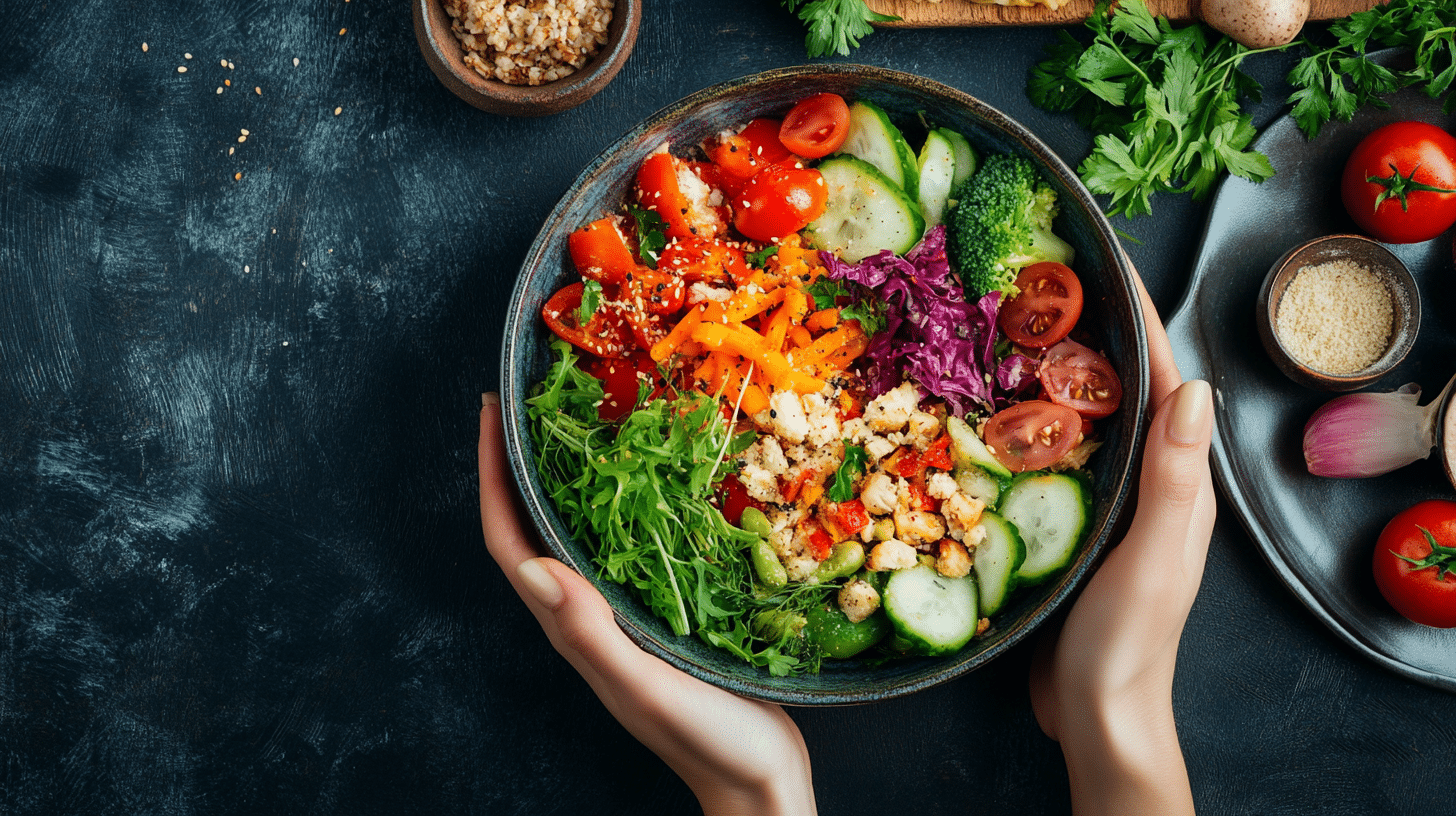
Building Brand Loyalty with Tailored Dining Experiences
Providing a thoughtful Custom ordering experience fosters deeper emotional connections with your brand. Personalized touches signal that you value each customer’s preferences, enhancing loyalty and word-of-mouth referrals.
Interactive Ordering Kiosks
Interactive ordering kiosks deliver a modern Custom ordering experience by combining touchscreen ease with dynamic interfaces. Guests can browse images, read descriptions, and custom-configure orders without server intervention. This self-service model appeals to tech-savvy diners seeking control.
Kiosks also capture valuable analytics, such as dwell time on specific items. Brands use that data to refine menu layouts and promotional spots. Consequently, kiosks become both an ordering channel and a market research tool.
Additionally, kiosks can integrate loyalty rewards, showing point balances and personalized offers at checkout. This seamless link between ordering and rewards boosts engagement.
Chef’s Choice Customization
Chef’s choice customization adds flair to the Custom ordering experience by letting chefs propose unique twists. For example, a “Surprise Me” option can let the kitchen curate seasonal specials based on available produce. Guests love the sense of exclusivity and creativity.
Behind the scenes, chef’s choice integrates with inventory management. When surplus ingredients arise, chefs can highlight them in the customization flow. This reduces waste and drives efficient stock usage.
Restaurants can spotlight these specials through push notifications on mobile apps, enticing repeat visits. It creates a dynamic dining narrative that evolves weekly or daily.
Dynamic Menu Interfaces
Dynamic menu interfaces propel the Custom ordering experience by responding to real-time factors like time of day or weather. For instance, on a chilly afternoon, hot soups or warm bowls surface first. In contrast, during lunchtime in summer, fresh salads and cold beverages dominate the display.
These contextual cues align offerings to customer moods and needs. By leveraging software that auto-updates menus, operators maintain relevance without manual edits. Patrons perceive the menu as responsive and thoughtful.
Dynamic interfaces can also highlight limited-time offers or trending build-your-own meals, creating urgency and encouraging experimentation.
Technology for On-Demand Ingredient Swaps
On-demand ingredient swaps are the cornerstone of a true Custom ordering experience. They empower guests to modify dishes at will, accommodating taste preferences and dietary restrictions instantly.
Adaptive Ordering Workflows
Adaptive ordering workflows guide diners through each swap seamlessly, ensuring clarity at every step. With intuitive prompts, users replace or remove ingredients, view nutritional impacts, and see price adjustments in real time. This transparency builds trust in the customization process.
Such workflows also reduce staff questions, as guests handle swaps themselves. For busy kitchens, it cuts order errors and communication lapses. Efficiency rises when the system clearly logs every modification.
Moreover, adaptive workflows can trigger alerts for special requests, ensuring chefs prepare orders accurately. The result is a streamlined backend paired with a flexible frontend.
Real-Time Order Customization
Real-time order customization strengthens the Custom ordering experience by updating orders instantly as selections change. Mobile apps, web platforms, or in-store screens show live totals and order summaries. Guests know exactly what they’re paying for as they build meals.
This immediacy eliminates surprises at checkout. It also allows instant promotional adjustments, such as discount codes or combo pricing, to apply automatically. Users experience a smooth, transparent transaction from start to finish.
Restaurants benefit, too, since back-of-house systems receive finalized orders without delay. Kitchens can begin prep sooner, reducing wait times.
Custom Portion Sizes
Offering custom portion sizes intensifies the Custom ordering experience by matching quantity to appetite. Whether guests want half-portions, large family packs, or shareable platters, they control exactly how much they receive. This flexibility minimizes waste and maximizes value.
Dynamic pricing adjusts in real time as portion sizes change. Guests see cost per ounce or per piece, enabling informed decisions. Businesses avoid guesswork and standardize pricing models.
Portion customization encourages dietary experiments, such as trying small samples before committing to larger orders. It fosters curiosity and repeat visits.
Ensuring Accessibility with Allergy-Friendly Ordering
An inclusive Custom ordering experience must address allergy concerns comprehensively. By embedding allergy-friendly ordering tools, operators protect guest health and build trust.
Dietary Filter Options
Dietary filter options streamline allergy-friendly ordering by letting guests exclude specific allergens. Filters for nuts, dairy, shellfish, or gluten remove incompatible items instantly. As a result, diners navigate safe menu choices without scanning every ingredient list.
Systems can flag cross-contamination risks and provide disclaimers. Guests appreciate transparency when kitchens openly communicate allergen protocols. It reduces anxiety and builds confidence.
Incorporating these filters into mobile and kiosk platforms ensures consistent safety measures across all ordering channels.
Flexible Meal Configurations
Flexible meal configurations enhance allergy-friendly ordering by offering pre-validated combinations. For instance, a dairy-free bowl might include approved grains, proteins, and veggies. Guests can further customize by swapping in new ingredients that the system has vetted.
This layered approach — preset safe combos plus manual swaps — balances convenience with freedom. Diners choose popular safe options or build from scratch, knowing each choice meets allergy guidelines.
Backend dashboards track the popularity of safe combos, guiding future recipe development.
Allergy-Friendly Menu Labels
Allergy-friendly menu labels support the Custom ordering experience by marking each item clearly. Icons or text labels next to dishes indicate dairy-free, gluten-free, or nut-free status. Visual cues help guests scan menus quickly under pressure.
Labels can link to detailed ingredient breakdowns. Visitors can click for full lists, ensuring they understand every component. This depth of information empowers those with severe allergies.
Periodic audits keep labels accurate as recipes evolve. Staff training ensures that kitchen teams respect labeled protocols.
Maximizing Revenue through Customizable Combo Meals
Customizable combo meals present lucrative upsell opportunities. By allowing diners to mix and match items, you increase average order values through tailored packages.
Modular Menu Selections
With modular menu selections, guests assemble combos from interchangeable parts—main dish, side, drink, and dessert. Each module offers several choices, such as fries or salad, soda or iced tea. This approach lets diners personalize combos down to the smallest detail.
Pricing tiers adjust as modules change, and cost-benefit displays guide guests toward higher-value bundles. Visual previews show the finished combo, making it more enticing.
Operators can rotate modules seasonally to spotlight new or limited-time items in combo offerings.
Build-Your-Own Meals
Build-your-own meals empower customers to craft combos that perfectly match their tastes. Whether it’s a custom burger with specific toppings or a pasta bowl with chosen sauces, diners control every element. They perceive higher value when they design meals themselves.
As guests add premium ingredients—like avocado or gourmet cheeses—average ticket sizes increase. Real-time pricing updates encourage mindful upsells.
Backend analytics reveal popular build-your-own combinations, informing targeted promotions and ingredient forecasting.
Seamless Customization Integration
Seamless customization integration ties combo builders into your POS and kitchen systems effortlessly. Orders flow from mobile app to kitchen display without manual intervention, preserving all customizations accurately. This reliability underpins a top-tier Custom ordering experience.
Integrated systems also trigger loyalty rewards and targeted offers based on combo preferences. Customers feel recognized when they see personalized discounts on their favorite build-your-own meals.
Continuous synchronization across channels—online, in-store, and third-party delivery—ensures consistent service quality.
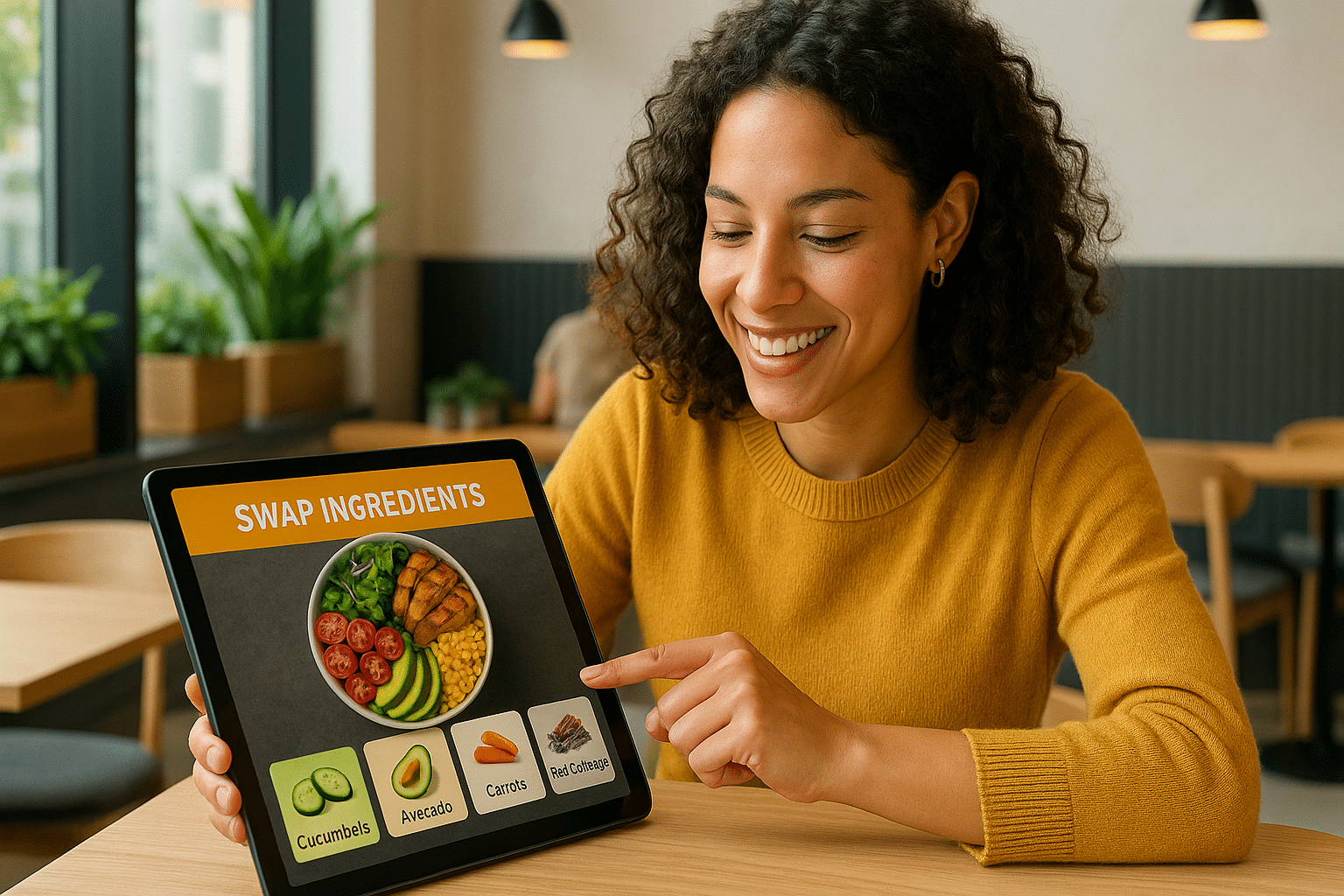
Biyo POS offers all these features—dynamic menu interfaces, allergy filters, build-your-own meals, real-time customization, and more—to power your ultimate Custom ordering experience. With intuitive kiosks and robust backend analytics, Biyo POS helps you delight guests and grow revenue.
FAQ
What is a custom ordering experience?
A custom ordering experience lets customers personalize every aspect of their meal, from ingredients to portion sizes. This approach enhances satisfaction by catering directly to individual preferences and dietary needs.
How do dietary filters improve ordering?
Dietary filters simplify menu navigation by removing incompatible items for allergies or diets. As a result, customers can confidently order safe dishes, reducing mistakes and wait-time questions.
Can I integrate custom ordering into my existing POS?
Yes, many modern POS solutions, including Biyo POS, integrate custom ordering features seamlessly. They sync menu updates, order modifications, and loyalty data across all channels for a unified system.
Does real-time customization slow down service?
On the contrary, real-time customization speeds up both front-end and back-end workflows. Orders transmit instantly with all modifications, so kitchens start prepping without delay. Efficiency and accuracy both improve in tandem.
How does Biyo POS support build-your-own meals?
Biyo POS offers modular menu selections and dynamic pricing, making build-your-own meals easy to configure. The system updates totals in real time as customers add premium ingredients or swap items.
